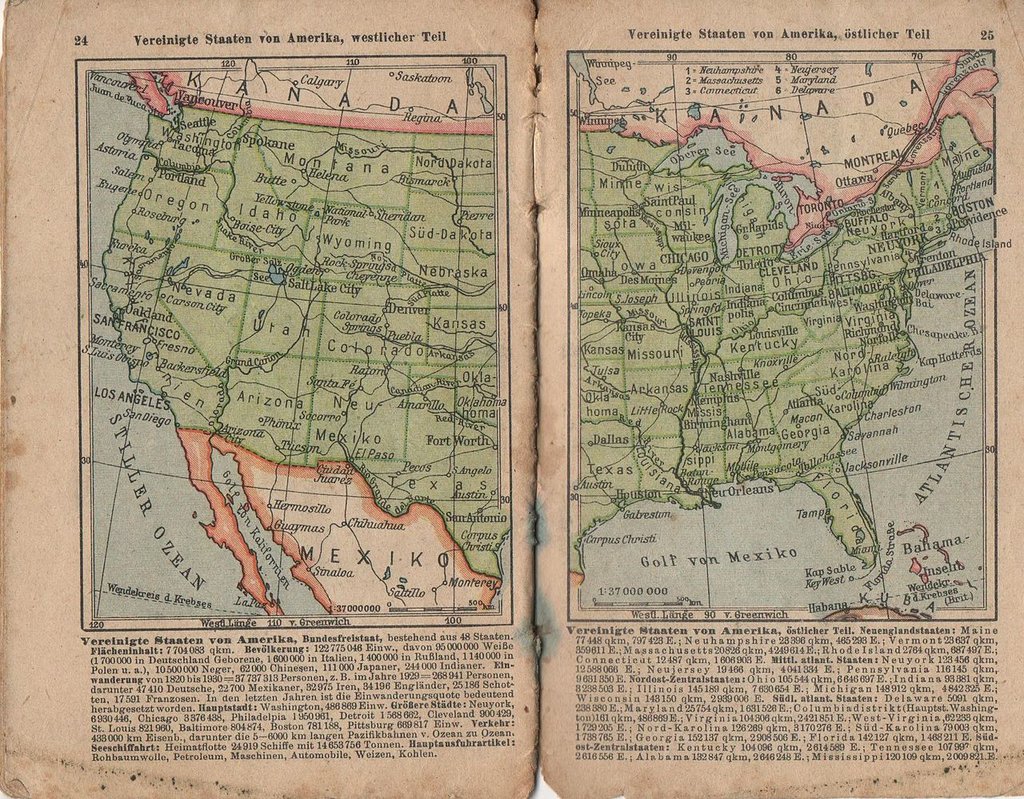
In the vibrant world of board games, the Travelers Tour Through the United States stands as a fascinating relic, offering insights into the aspirations of a young nation. Printed in 1822, this forgotten gem provides a glimpse into America’s burgeoning board game industry and its perception of itself at that time. The game uses a map as a board and recites geographic facts as players progress.
Rediscovering an American Artifact
Despite its historical significance, the Travelers Tour remains rare, with only a few copies surviving in institutions and private collections. Nevertheless, its impact on American culture and gaming cannot be overstated.
As the first board game to employ a map of the US, it likely captured the interest of American consumers during a time when New Year was the primary gift-giving holiday.
Painting a Portrait of America
One of the most intriguing aspects of the Travelers Tour is its portrayal of American towns and cities. Through the descriptions of 139 locations, the game paints an idealized portrait of the nation’s agricultural, commercial, historical, and cultural character.

However, notably absent from these descriptions is any mention of slavery or the plight of Indigenous peoples, reflecting a sanitized version of America’s identity.
Board Game Evolution
Despite its omissions, the Travelers Tour represents a crucial step in the evolution of the American board game industry. Today, the gaming landscape has developed, with titles like Freedom: The Underground Railroad and Votes for Women pushing boundaries and using play to educate about important historical events.
As we reflect on the legacy of America’s first board game, we gain a deeper understanding of the nation’s past and the power of games to shape our perceptions of history.
Exploring America Through Play
The journey initiated by the Travelers Tour is far from over. With each new release of a board game, designers challenge players to confront history, grapple with complex themes, and engage with narratives that transcend mere entertainment.
Whether exploring the Underground Railroad or advocating for women’s rights, board games continue to serve as vehicles for education, empathy, and understanding, inviting players to embark on a journey through America’s past and present.